![分子模拟入门(第2版) [Understanding Molecular Simulation]](https://pic.windowsfront.com/10516009/405eae7a-5bc8-4e61-82f6-9693ffbffb96.jpg)

具体描述
内容简介
Why did we write a second edition? A minor revision of the first editionwould have been adequate to correct the (admittedly many) typographicalmistakes. However, many of the nice comments that we received from stu-dents and colleagues alike, ended with a remark of the type: "unfortunately,you dont discuss topic x".内页插图
目录
Preface to the Second EditionPreface
List of Symbols
1 Introduction
Part 1 Basics
2 Statistical Mechanics
2.1 Entropy and Temperature
2.2 Classical Statistical Mechanics
2.2.1 Ergodicity
2.3 Questions and Exercises
3 Monte Carlo Simulations
3.1 The Monte Carlo Method
3.1.1 Importance Sampling
3.1.2 The Metropolis Method
3.2 A Basic Monte Carlo Algorithm
3.2.1 The Algorithm
3.2.2 Technical Details
3.2.3 Detailed Balance versus Balance
3.3 Trial Moves
3.3.1 Translational Moves
3.3.2 Orientational Moves
3.4 Applications
3.5 Questions and Exercises
4 Molecular Dynamics Simulations
4.1 Molecular Dynamics: The Idea
4.2 Molecular Dynamics: A Program
4.2.1 Initialization
4.2.2 The Force Calculation
4.2.3 Integrating the Equations of Motion
4.3 Equations of Motion
4.3.1 Other Algorithms
4.3.2 Higher-Order Schemes
4.3.3 LiouviUe Formulation of Time-Reversible Algorithms
4.3.4 Lyapunov Instability
4.3.5 One More Way to Look at the Verlet Algorithm
4.4 Computer Experiments
4.4.1 Diffusion
4.4.2 Order-Algorithm to Measure Correlations
4.5 Some Applications
4.6 Questions and Exercises
Part 2 Ensembles
5 Monte Carlo Simulations in Various Ensembles
5.1 General Approach
5.2 Canonical Ensemble
5.2.1 Monte Carlo Simulations
5.2.2 Justification of the Algorithm
5.3 Microcanonical Monte Carlo
5.4 Isobaric-Isothermal Ensemble
5.4.1 Statistical Mechanical Basis
5.4.2 Monte Carlo Simulations
5.4.3 Applications
5.5 Isotension-Isothermal Ensemble
5.6 Grand-Canonical Ensemble
5.6.1 Statistical Mechanical Basis
5.6.2 Monte Carlo Simulations
5.6.3 Justification of the Algorithm
5.6.4 Applications
5.7 Questions and Exercises
6 Molecular Dynamics in Various Ensembles
6.1 Molecular Dynamics at Constant Temperature
6.1.1 The Andersen Thermostat 4
6.1.2 Nos Hoover Thermostat
……
Part 3 Free Energies and Phase Equilibria
Part 4 Advanced Techniques
Part 5 Appendices
精彩书摘
It is difficult to talk about Monte Carlo or Molecular Dynamics programs inabstract terms. The best way to explain how such programs work is to writethem down. This will be done in the present section.Most Monte Carlo or Molecular Dynamics programs are only a few hun- dred to several thousand lines long. This is very short compared to, forinstance, a typical quantum-chemistry code. For this reason, it is not un- common that a simulator will write many different programs that are tailor-made for specific applications. The result is that there is no such thing as a standard Monte Carlo or Molecular Dynamics program. However, the cores of most MD/MC programs are, if not identical, at least very similar. Next,we shall construct such a core. It will be very rudimentary, and efficiency has been traded for clarity. But it should demonstrate how the Monte Carlomethod works.前言/序言
Why did we write a second edition? A minor revision of the first editionwould have been adequate to correct the (admittedly many) typographicalmistakes. However, many of the nice comments that we received from stu-dents and colleagues alike, ended with a remark of the type: "unfortunately,you dont discuss topic x". And indeed, we feel that, after only five years,the simulation world has changed so much that the title of the book was nolonger covered by the contents.The first edition was written in 1995 and since then several new tech-niques have appeared or matured. Most (but not all) of the major changesin the second edition deal with these new developments. In particular, wehave included a section on.用户评价
说实话,我当初选择《分子模拟入门(第2版)》这本书,很大程度上是看中了它“第2版”的标签。这意味着它很可能在原有基础上进行了内容的更新和优化,尤其是在发展如此迅速的计算科学领域,一本及时更新的教材至关重要。我非常好奇书中是否涵盖了近年来分子模拟领域的一些新进展和新兴技术。例如,随着计算能力的飞速提升,一些更高级的模拟方法,如基于机器学习的势能面构建,或者量子蒙特卡洛方法,是否有所提及?我希望这本书不仅仅局限于经典的模拟算法,也能给我一个窥探行业前沿的机会。另外,我对如何有效地进行模拟计算和数据分析也非常感兴趣。一篇成功的分子模拟研究,往往离不开精心的实验设计、高效的计算执行以及深入的数据解读。这本书能否提供一些关于如何优化计算性能,如何利用专业软件进行数据可视化和统计分析的实用建议,这将对我非常有帮助。
评分对于《分子模拟入门(第2版)》这本书,我的期望很高,因为它肩负着我深入理解计算化学领域的重要任务。我一直认为,掌握一种新的研究方法,不仅要理解它的理论基础,更要熟悉它的实践操作。这本书能否提供一些关于如何进行分子模拟软件安装、配置以及基本使用的指导?比如,书中会介绍哪些主流的分子模拟软件,它们各自有什么特点?同时,我也关注在实际模拟过程中可能会遇到的一些常见问题,例如收敛性问题、模拟周期选择、以及如何进行误差评估等。我希望书中能够提供一些解决这些问题的经验性建议和技巧,避免我走弯路。此外,了解如何评价模拟结果的可靠性也是我非常看重的一点。书中是否会涉及一些关于验证模拟结果与实验数据一致性的方法,或者讨论如何评估模拟的精度和局限性?这些都是将理论知识转化为实际研究能力的关键环节。
评分这本《分子模拟入门(第2版)》我关注了好久了,一直听说它在领域内很有分量,这次终于下定决心入手了。拿到书的那一刻,沉甸甸的手感就让我对它的内容充满期待。我一直对计算机模拟在理解物质微观世界的神奇力量感到着迷,尤其是在化学和材料科学领域,分子模拟更是打开了一扇全新的大门。这本书的标题“入门”二字,让我这种对这个领域接触不深但又充满好奇的读者感到一丝欣慰,同时也有一点点小小的担忧,生怕过于深奥的内容会让我望而却步。我希望这本书能够像一位经验丰富的向导,能够循序渐进地带领我了解分子模拟的基本原理,比如它究竟是如何“看到”原子和分子的运动,又是如何通过数学模型来描述这些微观世界的?我尤其关注书中会不会介绍一些核心的模拟方法,像是蒙特卡洛和分子动力学,它们各自有什么样的优势和适用范围?而且,我对于如何设置模拟参数,如何选择合适的力场,以及如何解读模拟结果这些实际操作层面的问题也充满疑问。希望这本书能够提供清晰的解释和生动的例子,让我能够建立起对分子模拟一个扎实而全面的初步认识,为我今后深入学习打下坚实的基础。
评分拿到《分子模拟入门(第2版)》已经有一段时间了,我一直都在仔细地阅读和消化其中的内容。这本书的编排设计得相当人性化,整体逻辑清晰,从基础概念的引入到高级方法的探讨,过渡自然流畅,让我在阅读过程中很少感到迷茫。我个人最感兴趣的部分是书中关于分子模拟在解决实际科学问题中的应用案例。科学研究的最终目的都是为了更好地认识和改造世界,而分子模拟作为一种强大的工具,它的应用前景无疑是十分广阔的。我希望书中能包含一些具体的、有代表性的研究案例,比如在药物设计、新材料开发、甚至生物过程模拟等方面,看看分子模拟是如何发挥其独特作用的。了解这些实际应用,不仅能让我更直观地感受到分子模拟的价值,也能激发我思考如何将所学知识应用到自己的研究领域。同时,我也很期待书中能够对不同模拟方法的优缺点进行深入的比较分析,比如在精度、效率、适用性等方面,这样我才能根据不同的研究需求,选择最适合的模拟技术。
评分我是一名对计算模拟充满热情的研究生,《分子模拟入门(第2版)》这本书对我来说是必不可少的学习资料。我特别希望这本书能够深入浅出地讲解分子模拟的统计力学基础。毕竟,一切的模拟都是建立在统计力学原理之上的。书中会详细介绍系综理论、自由能计算方法(如吉布斯自由能、亥姆霍兹自由能)、以及如何通过模拟来获取宏观热力学性质吗?这些理论知识的扎实掌握,是我进一步理解各种模拟算法的关键。同时,我也非常期待书中能够讲解如何将模拟结果与实验数据进行对比分析,以及如何利用模拟结果来解释和预测实验现象。这本书能否提供一些关于如何设计合理的模拟实验来验证理论模型,或者如何利用模拟数据来指导实验设计的案例?这将极大地提升我运用分子模拟解决实际问题的能力。
评分3应用
评分挺不错的,是一本好书,可以没有中文版
评分商品是否给力?快分享你的购买心得吧~
评分很好
评分学习用,慢慢看,需要慢慢学的东西
评分? 基因组学
评分分子模拟不错的一本书
评分正版
评分翻印的书,纸张不怎么样
相关图书
本站所有内容均为互联网搜索引擎提供的公开搜索信息,本站不存储任何数据与内容,任何内容与数据均与本站无关,如有需要请联系相关搜索引擎包括但不限于百度,google,bing,sogou 等,本站所有链接都为正版商品购买链接。
© 2025 windowsfront.com All Rights Reserved. 静流书站 版权所有

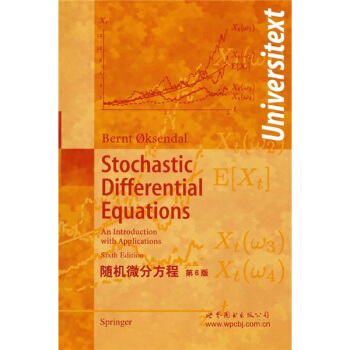
![伯克利物理学教程(SI版)第2卷:电磁学(英文影印版·原书第2版) [ Berkeley Physics Course(In SI Units)Electricity and Magnetism] pdf epub mobi 电子书 下载](https://pic.windowsfront.com/11475481/539e8a8eNa7f1199e.jpg)
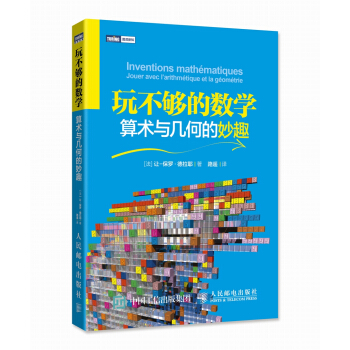
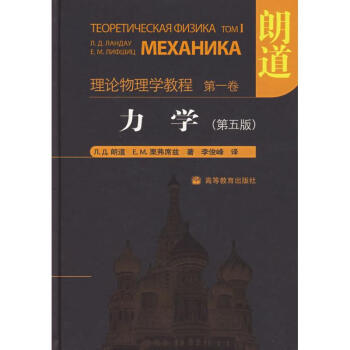
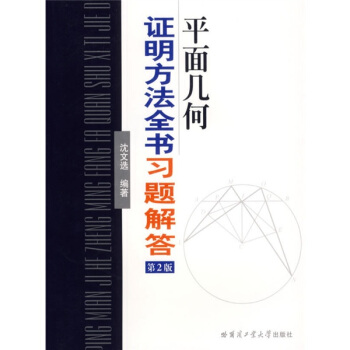


![理解生物信息学 [Understanding Bionformatics] pdf epub mobi 电子书 下载](https://pic.windowsfront.com/10937126/54d01ebdN1db32984.jpg)
![数学名著译丛·数学:它的内容、方法和意义(第3卷) [Mathematics,Its Essence,Method,and Role] pdf epub mobi 电子书 下载](https://pic.windowsfront.com/11228782/rBEQYFGUUTcIAAAAAAffaoKFj48AABRvwFkZpAAB9-C464.jpg)
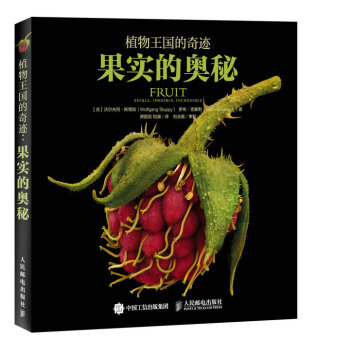
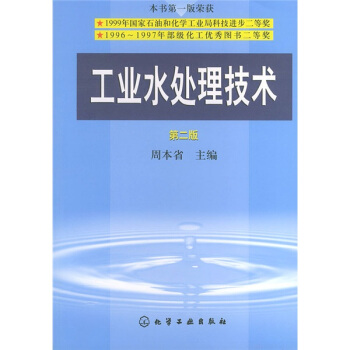
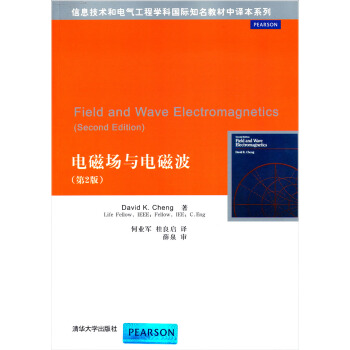
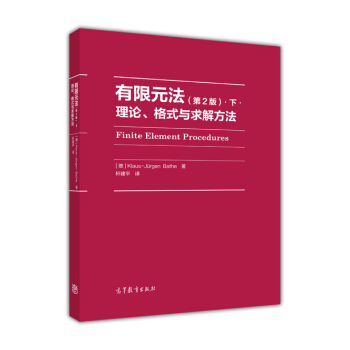
![轨道法讲义(英文版) [Lectures on the Qrbit Method] pdf epub mobi 电子书 下载](https://pic.windowsfront.com/12118814/58b7eec4N876895e6.jpg)
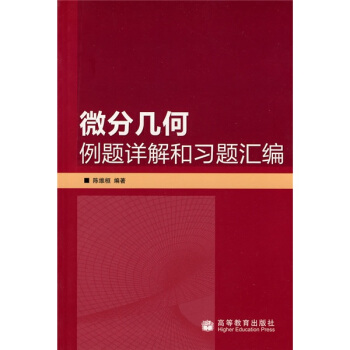
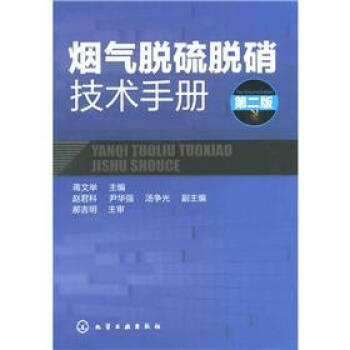

![高阶傅里叶分析(英文版) [Higher Order Fourier Analysis] pdf epub mobi 电子书 下载](https://pic.windowsfront.com/12038115/58b391f8Ne5e69262.jpg)
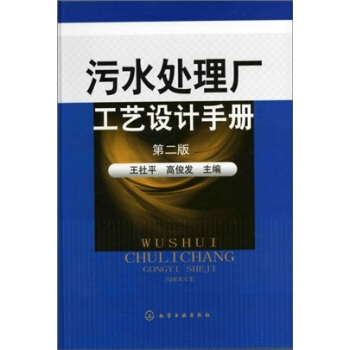
![页岩气及其勘探开发 [Shale Gas and Its Exploration and Development] pdf epub mobi 电子书 下载](https://pic.windowsfront.com/11025573/564e9107N7c28ccea.jpg)